Medical coding plays a vital role in healthcare, converting patient encounters into standardized codes used for billing, insurance claims, and performance tracking. Despite its behind-the-scenes nature, coding significantly impacts revenue cycles and regulatory compliance in healthcare organizations.
With increased scrutiny from payers and government agencies, ensuring that medical coding practices align with current regulations has become essential. Regular audits are conducted to verify compliance, detect fraud, and ensure accurate reimbursements, making audit readiness a non-negotiable priority for healthcare providers.
This blog explores how adopting robust medical coding practices can improve audit readiness. By focusing on accuracy, documentation, internal auditing, training, and technology, healthcare organizations can safeguard their operations, minimize risks, and foster a culture of compliance.
Understanding the Importance of Audit Readiness
Audit readiness ensures that a healthcare organization can demonstrate compliance with regulatory standards at any time. It requires having complete, accurate, and timely coding and documentation processes that withstand external scrutiny.
Consequences of Poor Audit Readiness
Failure to prepare for audits can result in severe repercussions:
- Financial Penalties: Over-coding or under-coding can lead to claim denials, repayment demands, and fines.
- Reputational Damage: A failed audit tarnishes trust among patients, payers, and partners.
- Legal Risks: Noncompliance may result in lawsuits, regulatory sanctions, or exclusion from payer programs.
- Operational Disruption: Investigations and corrective actions consume valuable resources, hampering daily operations.
Benefits of Proactive Measures
Taking proactive steps, such as implementing robust medical coding practices and conducting internal audits, can:
- Prevent errors before submission.
- Streamline claim approvals.
- Reduce financial and legal risks.
Audit readiness is not merely a defensive strategy—it fosters operational excellence, enabling organizations to operate confidently within an ever-evolving regulatory environment.
Key Elements of Robust Medical Coding Practices
To achieve audit readiness, healthcare organizations must prioritize several key areas:
1. Accurate Code Assignment
Assigning accurate codes ensures that claims reflect the services provided, minimizing errors that can trigger audits.
- Use of Updated Code Sets: The annual updates to ICD-10-CM, CPT, and HCPCS Level II require constant vigilance to ensure compliance with the latest standards.
- Thorough Documentation Review: Coders must cross-check clinical documentation to ensure it supports assigned codes.
- Adherence to Guidelines: Familiarity with payer-specific guidelines and national coding conventions ensures precision and consistency.
2. Thorough Documentation
High-quality documentation is the foundation of accurate coding and compliance. Essential components include:
- Legible and Complete Records: Each patient encounter should detail the diagnosis, treatments, and procedures performed.
- Clinical Documentation Improvement (CDI) Programs: CDI programs bridge the gap between providers and coders, enhancing documentation quality and clarity.
- Physician Queries: Coders should work closely with physicians to resolve ambiguities or incomplete notes.
3. Effective Internal Auditing
Regular internal audits identify weaknesses and opportunities for improvement, helping organizations maintain compliance.
- Audit Methodologies: Use a mix of random sampling and focused audits on high-risk areas.
- Audit Feedback: Share findings with coders and physicians to promote learning and prevent recurring errors.
- Continuous Monitoring: Implement technology to track compliance metrics and flag inconsistencies in real-time.
4. Ongoing Coder Education and Training
The rapidly changing landscape of medical coding requires coders to stay informed and skilled.
- Certifications: Professional credentials such as CPC, CCS, and CRC validate expertise and commitment to excellence.
- Training Resources: Webinars, workshops, and industry conferences provide valuable updates on coding practices.
- Collaboration: Peer reviews and coding roundtables encourage knowledge sharing and improve accuracy.
IV. Implementing Best Practices for Audit Readiness
To achieve audit readiness, healthcare organizations must establish clear processes and foster a culture that prioritizes compliance. Best practices for medical coding go beyond accuracy—they encompass organizational policies, education, and the integration of advanced technologies. Below are actionable strategies to strengthen your audit readiness and ensure sustained compliance.
1. Develop and Implement Clear Policies
Creating a comprehensive coding compliance plan is crucial for audit readiness.
- Standardized Procedures: Ensure uniformity in coding practices across all departments and locations.
- Technology Integration: Utilize coding software to automate error detection and streamline claim submissions.
2. Establish a Compliance-Driven Culture
A culture that prioritizes compliance starts with strong leadership and ethical practices.
- Leadership Commitment: Leaders must champion compliance initiatives and allocate resources for training and audits.
- Open Communication: Encourage staff to voice concerns or report potential compliance issues without fear of reprisal.
- Compliance Oversight: Appoint officers or committees to monitor adherence to policies and address gaps proactively.
3. Stay Informed on Regulatory Changes
Keeping pace with regulatory updates is essential to maintain compliance.
- Subscribe to Industry Updates: Organizations such as AHIMA and AAPC provide timely information on coding and billing changes.
- Participate in Conferences: Industry events offer training and networking opportunities.
- Regular Training: Schedule workshops or webinars to educate staff on changes in coding guidelines.
Leveraging Technology to Enhance Audit Readiness
Technology is a vital tool in achieving audit readiness. Its role includes:
- Coding Software: Automated tools reduce errors and ensure consistency in code assignments.
- Electronic Health Records (EHRs): EHR systems integrate documentation and coding, reducing manual work.
- Computer-Assisted Coding (CAC): AI-driven systems enhance coding speed and accuracy.
- Analytics Tools: Data analytics track compliance metrics and highlight potential risks.
Emerging technologies, including artificial intelligence (AI) and machine learning (ML), are poised to revolutionize medical coding by improving error detection, optimizing workflows, and enabling predictive analysis for audits.
Prioritize Compliance with Robust Coding Practices
Audit readiness is a cornerstone of successful healthcare operations. By implementing robust medical coding practices—accurate code assignment, thorough documentation, effective internal audits, coder education, and technology integration—organizations can mitigate risks and ensure compliance.
Proactive measures not only prevent penalties and legal repercussions but also build trust with payers and patients. Healthcare organizations must view audit readiness as an ongoing commitment to operational excellence and ethical practices.
For expert guidance on enhancing your audit readiness and optimizing your coding practices, reach out to Symbion Coding for a free consultation. Our experienced team is here to help you navigate compliance challenges and achieve your goals confidently.
To learn more and to explore more insights, visit our blogs at https://symbioncoding.com/news/.






No comment yet, add your voice below!